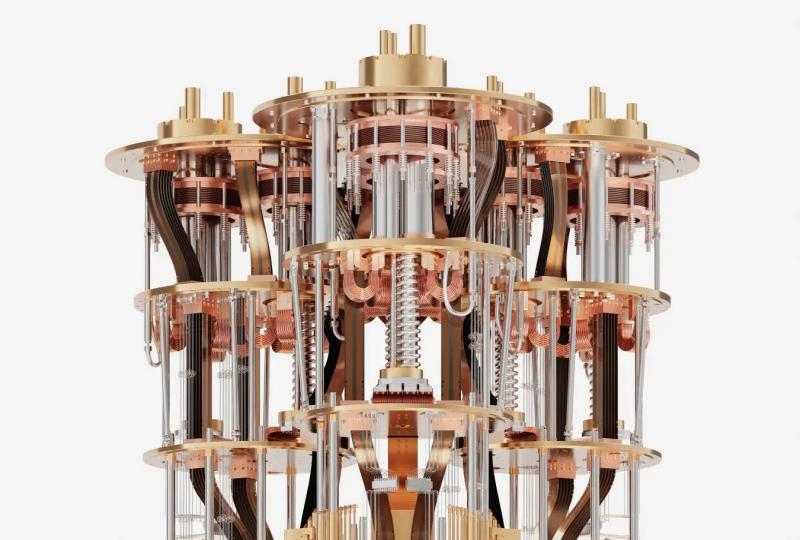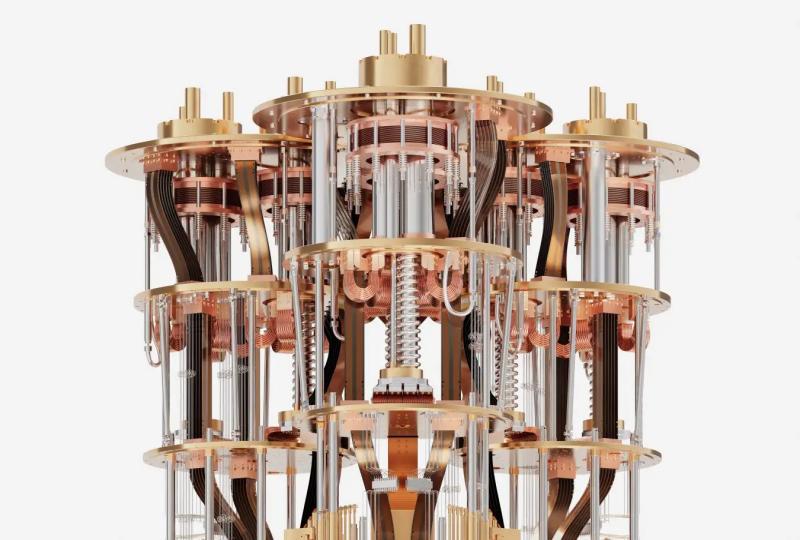What Is Cryogenic Quantum Computing and Why It Matters
2025.05.02 · Blog cryogenic quantum computing
Quantum computing is poised to revolutionize computing, and one of its most critical—yet lesser-known—enablers is cryogenic technology. Most quantum computers must operate at near absolute zero temperatures, and understanding why this extreme cooling is required sheds light on how quantum machines actually work.
What Is Cryogenic Quantum Computing?
Cryogenic quantum computing refers to the operation of quantum processors at extremely low temperatures, typically below 15 millikelvin (mK)—colder than outer space. These conditions are achieved using specialized cooling systems like dilution refrigerators.
This cryogenic environment is necessary for maintaining quantum coherence and enabling certain types of quantum bits, or qubits, to function reliably—especially superconducting qubits and spin qubits.
Why Do Quantum Computers Need Cryogenics?
Quantum bits are extraordinarily sensitive to environmental noise—heat, electromagnetic radiation, and vibrations can all cause decoherence, collapsing the fragile quantum states needed for computation. Cryogenic cooling addresses this in several ways:
-
Suppresses thermal noise that could disrupt quantum states.
-
Enables superconductivity, allowing qubits and control circuits to operate without electrical resistance.
-
Improves qubit fidelity, reducing error rates in quantum gate operations.
-
Stabilizes entangled states and supports long coherence times.
Without cryogenic temperatures, today’s most advanced qubit technologies simply wouldn’t function.
Hardware That Depends on Cryogenics
Several quantum computing platforms require cryogenic operation:
-
Superconducting Qubits: Used by IBM, Google, Rigetti. Require dilution refrigerators (~10–15 mK).
-
Spin Qubits in Semiconductors: e.g., silicon-based qubits operated by Intel and others, often work at temperatures below 100 mK.
-
Topological Qubits: Still theoretical, but likely require similar cryogenic conditions for stability.
Other platforms, such as ion traps or photonic qubits, do not require such extreme cooling, but they trade off in scalability and integration potential.
The Role of Dilution Refrigerators
The most common cryogenic system in quantum computing is the dilution refrigerator. It cools the quantum processor through a closed-loop system that uses a mixture of helium-3 and helium-4 isotopes.
Inside a dilution refrigerator:
-
Qubits sit at the coldest stage (~10 mK).
-
Microwave electronics are arranged in higher temperature stages (1 K, 4 K).
-
Extensive shielding and filtering is applied to prevent electromagnetic interference.
Maintaining such a system requires significant engineering and infrastructure—making cryogenics one of the costliest and most complex parts of quantum computing hardware.
Challenges and Future Directions
While cryogenic systems enable current quantum hardware, they introduce several practical limitations:
-
Scalability: Hosting millions of qubits in a dilution refrigerator is a major engineering hurdle.
-
Power delivery: Supplying signals and power at cryogenic levels requires new cryo-compatible electronics.
-
Energy efficiency: These systems consume substantial power and require ongoing maintenance.
-
Cryo-CMOS Development: New chips are being designed to operate at cryogenic temperatures, minimizing heat and cabling issues.
Researchers are also exploring room-temperature quantum systems, though these are still in early stages.
Cryogenics Beyond Qubits
Interestingly, cryogenic technology is not only used to keep qubits cold—it’s also essential for:
-
Quantum amplifiers that boost readout signals.
-
Cryogenic microwave routing and signal filtering.
-
Cryo-compatible control hardware, such as quantum-classical interfaces.
Conclusion
Cryogenic quantum computing is the backbone of today’s most powerful quantum processors. It enables the stability, coherence, and control precision needed to push the frontier of computation. As quantum computers scale, innovations in cryogenic engineering—like compact fridges, cryo-CMOS, and new materials—will be crucial in making quantum computing practical, scalable, and commercially viable.
Featured Content






